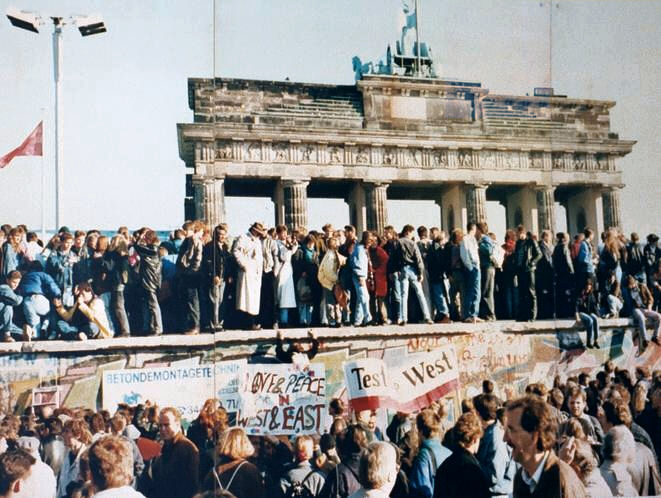The Berlin Wall was a visible symbol of the often invisible Cold War. For decades it had been a jagged scar cutting through Berlin. Then on November 10, 1989, officials started their momentous task of taking it down. The East German government didn't have a choice. Citizens on both sides of the wall started using human strength to topple the wall. The Berlin Wall is now a distant memory for most Germans, represented in a museum and a memorial to the thousands of people who died trying to get into West Berlin by climbing the wall.
The East German Government started building the Berlin Wall in 1961 as a way to stop people from emigrating to West Germany from East Germany. Since the end of World War Two, Eastern Bloc countries have been Communist and under the Soviet Union's heavy-handed influence. Between 1945 and 1961, leaving Eastern Bloc countries was a matter of crossing the border between East and West Berlin. The result was a brain drain as engineers, doctors, and other skilled workers escaped to the West.
The East Germans didn't just build a wall. Guards in elevated towers watched the wall like prison guards. Beyond the wall was a "no man's land," where anything and anyone was shot at by East German soldiers. Between 1961 and 1989, 140 died trying to cross, with more than a hundred of them shot as they ran across no man's land. It took about a year to imprison East Berlin residents completely.
In retrospect, the Berlin Wall symbolizes the failed Soviet Union and East German governments. However, saying it came down suddenly over a few days isn't correct. Eastern Bloc countries like Poland started pushing back against the Soviets throughout the eighties. The day the world knew the wall would come down highlights a years-long fight to undo what the Soviet Union had done to Eastern Bloc countries.

